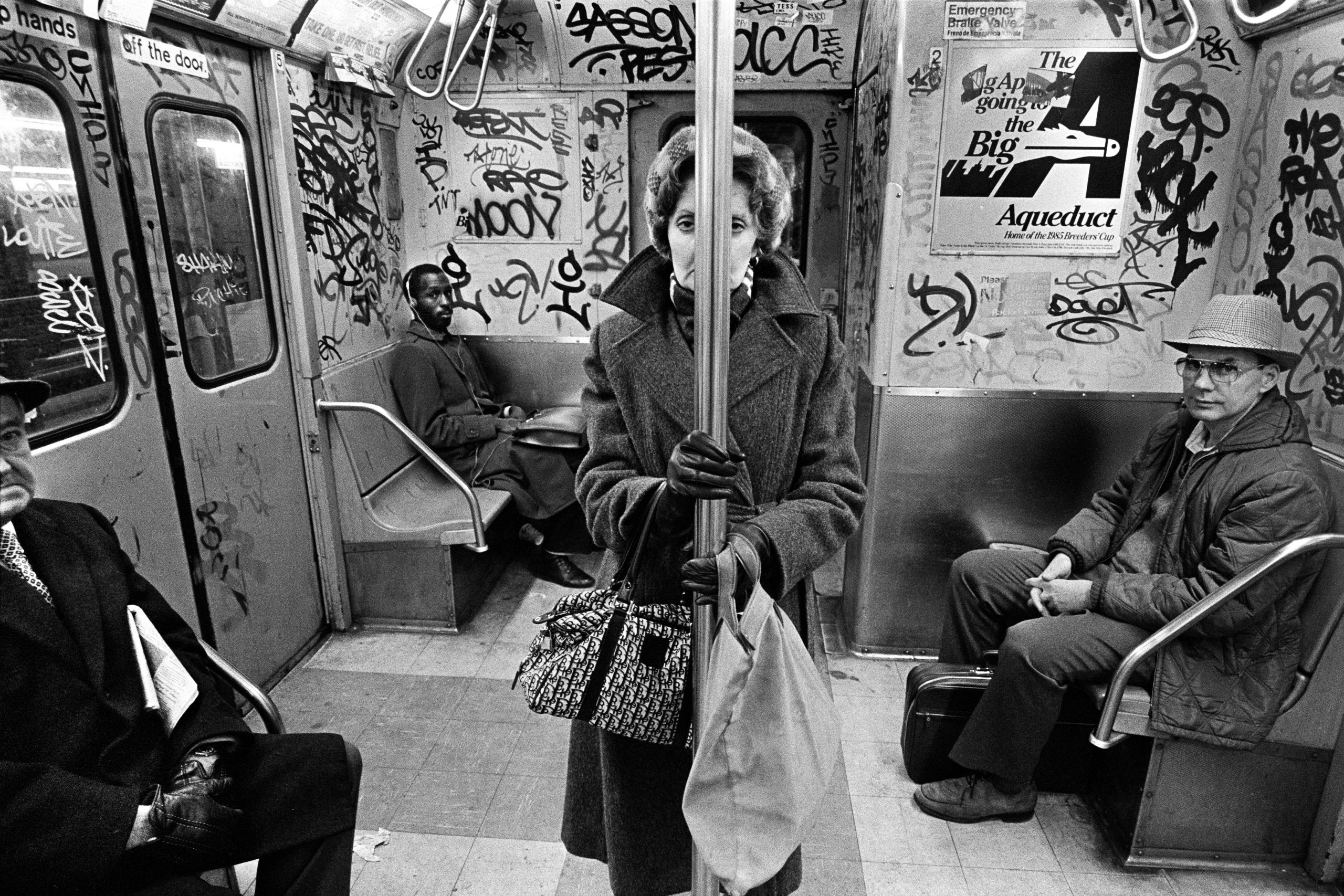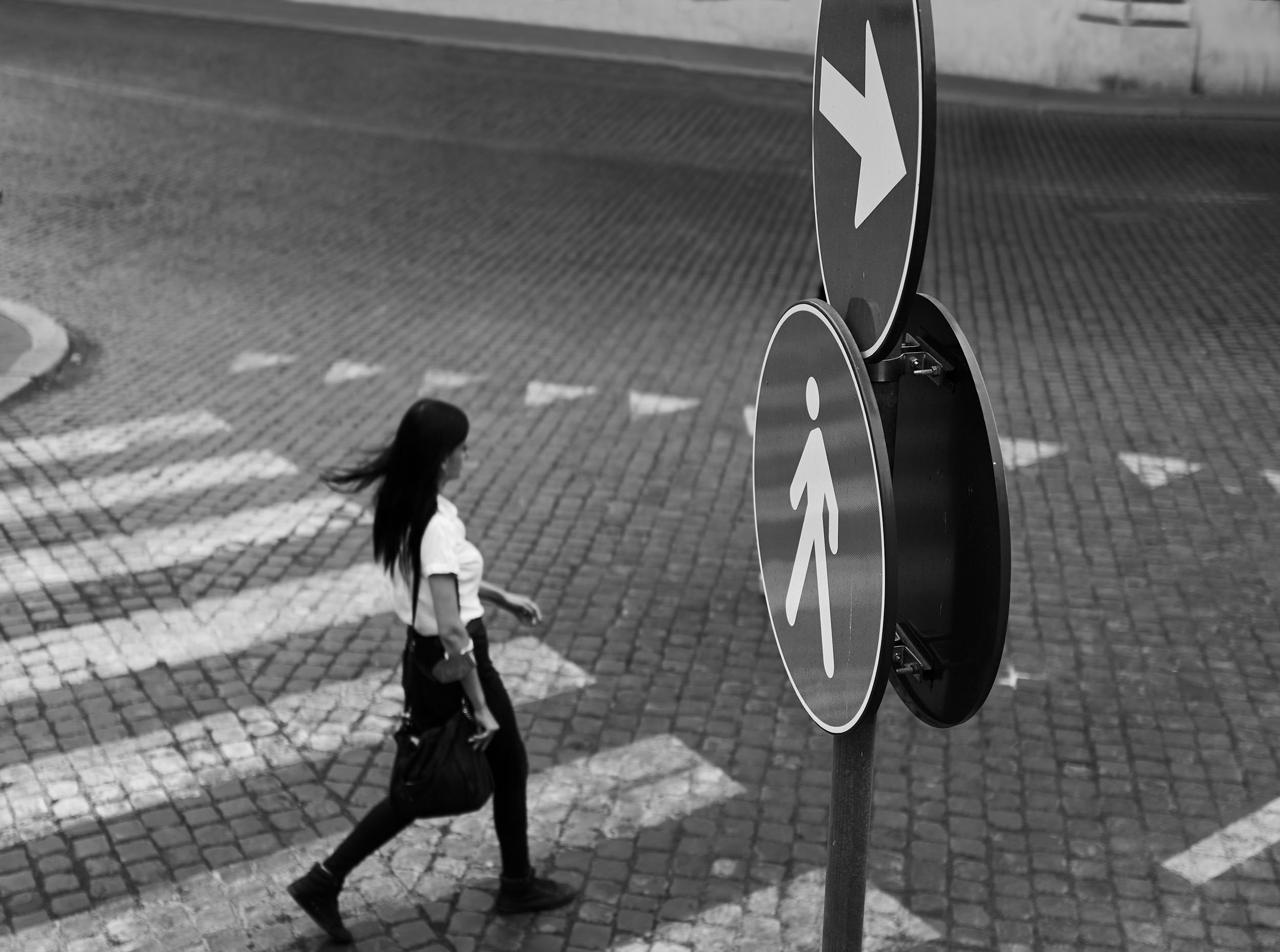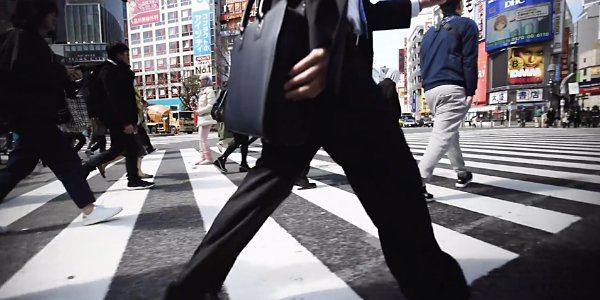10 Simple Techniques For Street Photographers
Getting My Street Photographers To Work
Table of Contents10 Easy Facts About Street Photographers Described4 Easy Facts About Street Photographers ShownUnknown Facts About Street PhotographersStreet Photographers - An OverviewFacts About Street Photographers Uncovered
Street digital photographers do not necessarily have a social function in mind, but they prefer to separate and record moments which may or else go unnoticed.He was influenced by several of those who influenced the street digital photographers of the 1950s and '60s, he was not chiefly interested in catching the spirit of the road. The impulse to aesthetically record people in public began with 19th-century painters such as Edgar Degas, douard Manet, and Henri de Toulouse-Lautrec, who functioned side by side with digital photographers attempting to capture the essence of metropolitan life.
As a result of the fairly primitive modern technology available to him and the long exposure time required, he struggled to capture the stress of the Paris streets. He explored with a series of photographic techniques, attempting to find one that would allow him to catch movement without a blur, and he found some success with the calotype, patented in 1841 by William Henry Fox Talbot. While the photographers' topic was essentially the same, the outcomes were substantially various, demonstrating the impact of the photographer's intent on the personality of the pictures he produced.
The Greatest Guide To Street Photographers
Provided the great quality of his photos and the breadth of product, engineers and artists commonly acquired Atget's prints to make use of as referral for their very own work, though commercial rate of interests were rarely his main motivation. Instead, he was driven to photograph every last remnant of the Paris he liked.

Unlike his peers, Brassa used a larger-format Voigtlnder cam with a longer direct exposure time, requiring him to be a lot more calculated and thoughtful in his method than he could have been if utilizing a Leica. (It is assumed that he may not have had the ability to afford a Leica back then, but he did, nevertheless, make use of one in the late 1950s to take colour photographs.) Brassa's photos of the Paris abyss brightened by Visit Your URL synthetic light were a discovery, and the collection of the series that he published, (1933 ), was a major success.

The Basic Principles Of Street Photographers
It is due to this basic understanding of the art of image taking that he is frequently attributed with discovering the medium why not look here all over once again approximately a century given that its invention. He took photographs for more than a half century and influenced generations of digital photographers to trust their eye and instinct in the moment.
These are the concerns I will try to address: And afterwards I'll leave you with my own definition of street photography. Yes, we do. Let's kick off with defining what a definition is: According to it is: "The act of defining, or of making something definite, distinct, or clear".
No, certainly not. The term is both limiting and deceiving. Seems like a street photography ought to be photos of a streets right?! And all road photographers, besides a handful of outright beginners, will totally value that a road is not read more the vital element to street photography, and actually if it's a photo of a road with possibly a few dull people not doing anything of passion, that's not road photography that's a snapshot of a road.
Street Photographers for Beginners
He makes a legitimate point do not you believe? However, while I concur with him I'm unsure "honest public photography" will certainly catch on (although I do type of like the term "candid digital photography") because "road photography" has actually been around for a very long time, with lots of masters' names attached to it, so I believe the term is right here to stay.
You can fire at the beach, at an event, in an alley, in a park, in a piazza, in a coffee shop, at a gallery or art gallery, in a metro terminal, at an event, on a bridge, under a bridge ...
Unknown Facts About Street Photographers
Yes, I'm afraid we terrified no choice! Without regulations we can not have a definition, and without a meaning we do not have a style, and without a genre we don't have anything to define what we do, and so we are stuck in a "policies interpretation style" loophole! - Street Photographers
